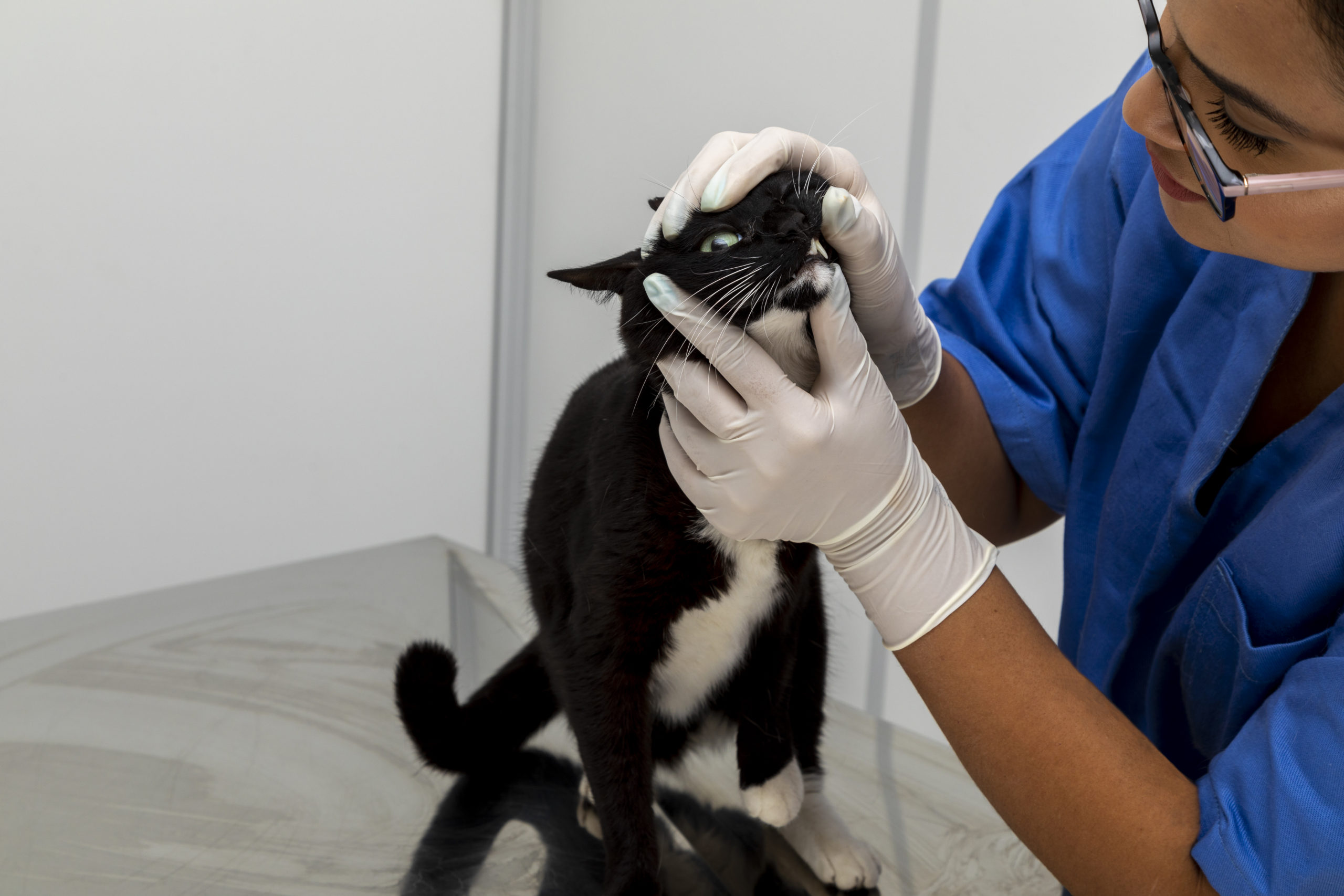As a budding veterinarian, understanding the intricacies of animal anatomy is both exciting and essential. Animals possess unique anatomical features that not only distinguish them from humans but also highlight the diversity of life on Earth. Here are ten fascinating facts about animal anatomy that every young vet should know:
- The Giraffe’s Long Neck
Giraffes have the longest necks of any land animal, with necks that can be up to six feet long. Surprisingly, they have the same number of neck vertebrae as humans—just seven! These vertebrae are simply much longer, allowing giraffes to reach high into trees for food.
- The Incredible Heart of a Blue Whale
The blue whale, the largest animal on the planet, has a heart that weighs as much as a small car—approximately 1,300 pounds. Its massive heart pumps about 60 gallons of blood with each beat, ensuring that its enormous body is well-supplied with oxygen.
- The Cat’s Flexible Spine
Cats are known for their agility and grace, thanks in part to their highly flexible spines. This flexibility comes from their vertebrae, which are not tightly connected, allowing them to twist their bodies and land on their feet from high falls.
- The Elephant’s Trunk
An elephant’s trunk is a marvel of nature, combining the nose and upper lip. It contains over 40,000 muscles, enabling it to perform delicate tasks like picking up a single blade of grass or strong actions like uprooting a tree.
- The Unique Tongue of a Blue-Tongued Skink
The blue-tongued skink has a bright blue tongue that it uses to ward off predators. When threatened, the skink opens its mouth wide, displaying its blue tongue to startle and scare away potential threats.
- The Owl’s Rotating Head
Owls can rotate their heads up to 270 degrees without damaging blood vessels or tearing tendons. This extraordinary flexibility is due to specialized adaptations in their vertebrae and blood vessels, allowing them to see in almost every direction.
- The Star-Nosed Mole’s Nose
The star-nosed mole has 22 fleshy tentacles around its nose that are incredibly sensitive and covered in over 25,000 sensory receptors. This unique nose helps the mole detect and catch prey with astonishing speed and accuracy.
- The Jellyfish’s Simplicity
Jellyfish are fascinating in their simplicity, lacking a brain, heart, or bones. They rely on a simple nerve net to detect changes in their environment, and their gelatinous bodies are supported by water.
- The Horse’s Hoof
A horse’s hoof is a complex structure that supports its weight and absorbs shock. The hoof contains several layers, including the insensitive outer layer and the sensitive inner structures, which are vital for the horse’s mobility and health.
- The Gecko’s Sticky Feet
Geckos can climb smooth surfaces thanks to the microscopic hairs on their feet called setae. These hairs create intermolecular forces (van der Waals forces) that allow geckos to stick and move effortlessly across walls and ceilings.
Understanding these fascinating aspects of animal anatomy can inspire young veterinarians and deepen their appreciation for the complexity and diversity of the animal kingdom. By learning about these unique features, aspiring vets can better care for and treat the animals they will encounter throughout their careers. Embrace the wonder of animal anatomy, and let it fuel your passion for veterinary medicine!
Ready to embark on your journey to becoming a veterinarian? Whether you’re a student, a recent graduate, or simply passionate about animals, find out what the world of Veterinary medicine has to offer by following Vet Med Pathways on social media. Take the first step towards realizing your dream career in veterinary medicine!

